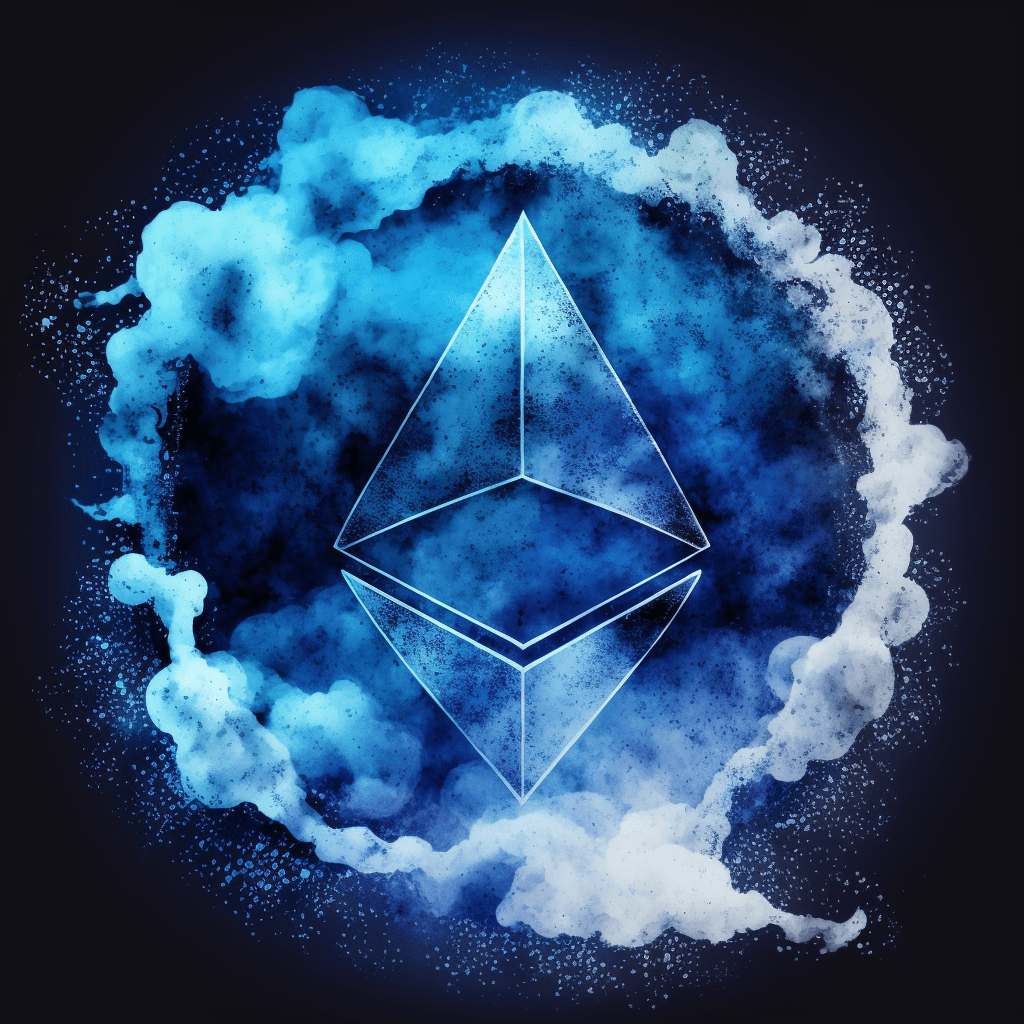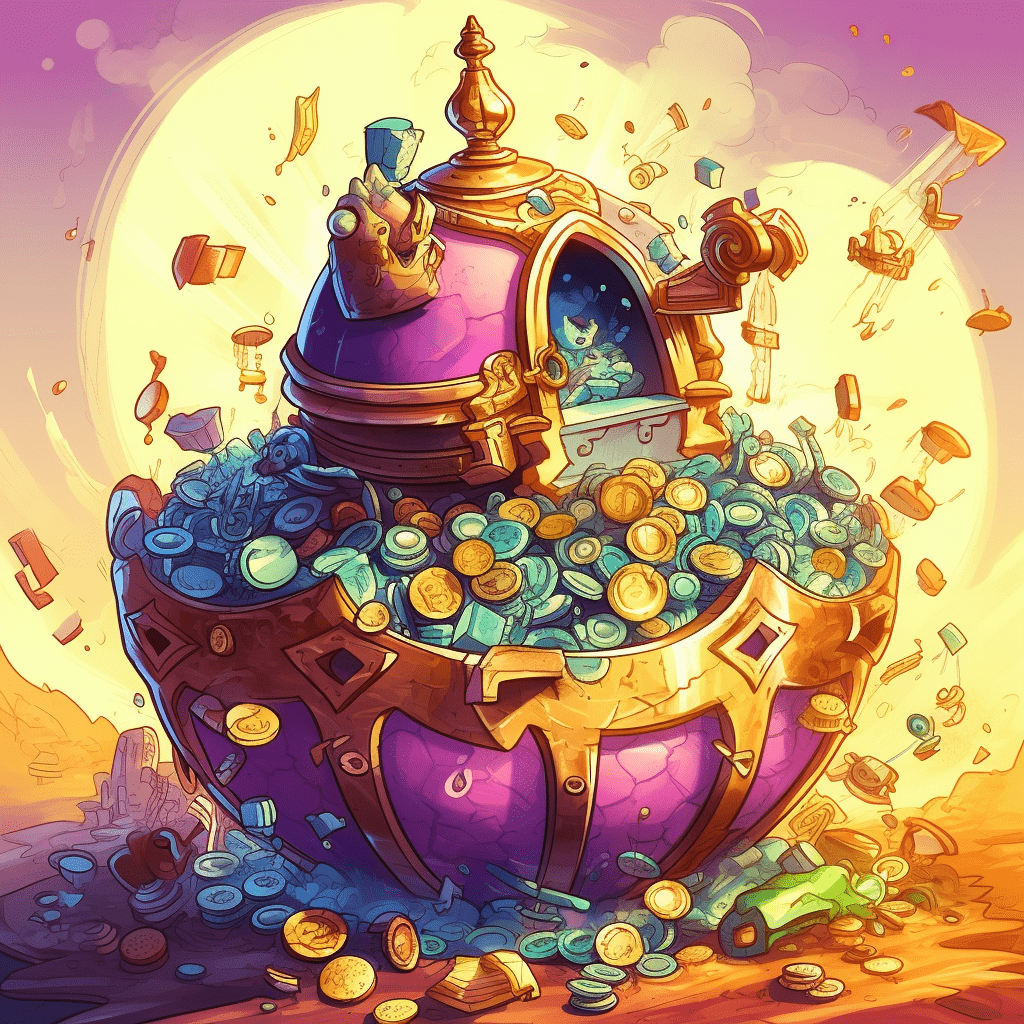When you take your first steps into the world of Non-Fungible Tokens (NFTs), you quickly realize it comes with its unique language. As with any specialized field, understanding the jargon is crucial for both creators and collectors navigating this digital landscape. Today, we’ll dissect some essential NFT terminology to help you speak the NFT lingo like a pro.

What’s in a Name: Non-Fungible Tokens (NFTs)
First things first, Non-Fungible Tokens, or NFTs, are unique digital assets that are stored on a blockchain. Unlike cryptocurrencies such as Bitcoin or Ethereum, which are fungible and can be traded on a one-for-one basis, NFTs are unique, and each token has its distinct value.
Minting: The Birth of an NFT
Minting is a term you’ll frequently encounter. It refers to the process of creating an NFT. In essence, minting involves uploading a digital file, such as an image, music, or video, onto the blockchain, where it is transformed into an NFT. This process gives the digital file a unique identity, and it becomes a certified, one-of-a-kind asset.
Blockchain: The NFT Ledger
Blockchain is the technology that underlies and enables NFTs. A blockchain is a decentralized and distributed digital ledger that records transactions across multiple computers. In the context of NFTs, the blockchain records the details of each NFT, including its creation, purchase, and sales history.
Ethereum and Smart Contracts

Ethereum is the most popular blockchain used for creating NFTs, though other blockchains like Binance Smart Chain and Flow also support NFTs. Ethereum is a decentralized, open-source blockchain featuring smart contract functionality. Smart contracts are self-executing contracts with the terms of the agreement directly written into code, providing the mechanism for minting NFTs.
ERC-721 and ERC-1155: The NFT Standards
ERC-721 and ERC-1155 are technical standards used for issuing NFTs on the Ethereum blockchain. ERC-721 is the original standard for representing non-fungible digital assets. Each token minted using this standard has a unique identifier, making it distinct. On the other hand, ERC-1155 is a more recent standard that allows for the creation of both fungible (identical) and non-fungible tokens.
Gas Fees: The Cost of Doing Business
When dealing with NFTs, you’ll often come across the term ‘gas fees.’ These are the transaction fees that users pay to miners on a blockchain network (like Ethereum) to have their transactions included in the block. In the context of NFTs, gas fees can apply when minting, buying, selling, or transferring NFTs.
Wallets and Wallet Addresses
Just like you need a physical wallet to carry your money and cards, you need a digital wallet to hold your cryptocurrencies and NFTs. A wallet can be a software application or a hardware device that allows you to send, receive, and store your digital assets securely.
Each wallet comes with a unique wallet address – a string of numbers and letters that operates similarly to an email address. This address is what you share with others when you want to receive digital assets. It’s also the identifier that shows ownership of an NFT.
Royalties: Earnings on Resales

In the traditional art world, an artist typically profits only from the initial sale of their artwork. However, NFTs have introduced the concept of royalties to digital art. Royalties are a feature embedded in many NFT smart contracts, allowing
allowing creators to receive a percentage of the sales every time their NFT is resold in the secondary market. This innovative feature ensures creators continue to benefit from their work as it increases in value over time.
Whitelists and Pre-Sales
As you delve deeper into NFT communities, you may hear about whitelists and pre-sales. A whitelist is a list of addresses that have been granted access to a certain privilege, such as being able to buy an NFT before it is released to the general public. Pre-sales are these special events where those on the whitelist can purchase NFTs before the official sale.
Decentralized Exchanges (DEX) and NFT Marketplaces
Decentralized Exchanges or DEXs are platforms where NFTs can be bought, sold, or traded directly, without intermediaries. NFT Marketplaces like OpenSea, Rarible, and Foundation have gained popularity as venues for discovering and trading NFTs. These marketplaces vary in terms of the types of NFTs they specialize in and their user interfaces.
Gasless Minting
Gasless Minting is a recent innovation aimed at reducing the cost of creating NFTs. This process allows artists to mint NFTs without incurring high gas fees upfront. Instead, the fees are paid when the NFT is sold.
Closing Thoughts: Getting Fluent in NFT Terminology

The world of NFTs is vast, exciting, and rapidly evolving. With a solid understanding of the fundamental NFT terminology, you’ll be better equipped to navigate the NFT space. Remember, this guide isn’t exhaustive, and new terms will continue to emerge as the technology evolves and matures. So stay curious, keep learning, and enjoy the journey into the vibrant world of NFTs.
